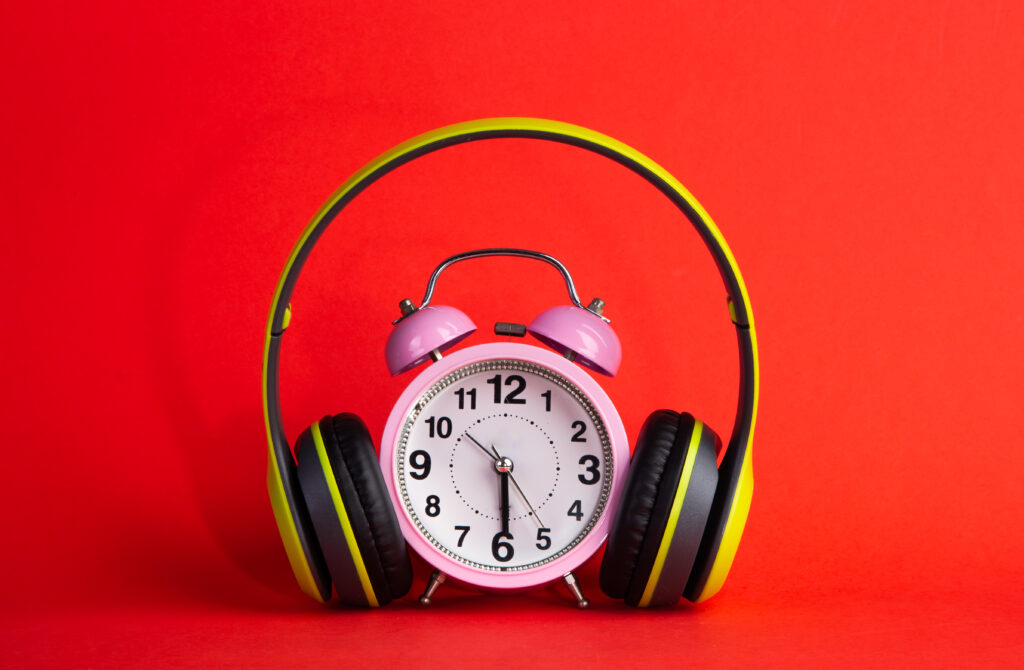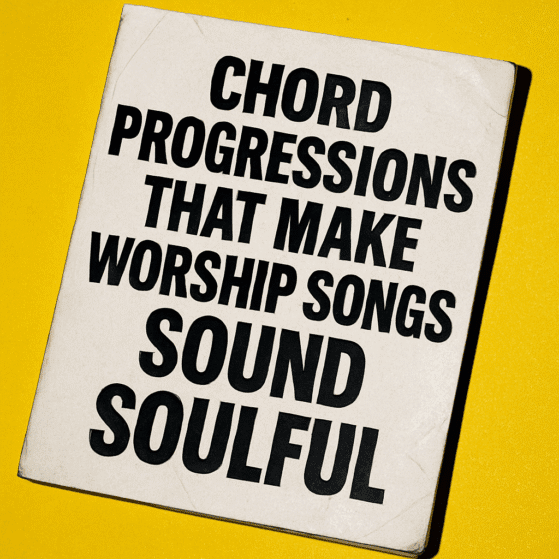How to Improve Your Rhythm and Timing in Music | Master Every Beat with Confidence
Introduction
Rhythm and timing are not just elements of music—they are its foundation. Regardless of the genre you choose to explore, keeping a steady beat remains essential. Whether you’re strumming a guitar, singing a complex vocal line, or performing in a full orchestra, rhythm and timing dictate how well you deliver your piece.
Without a clear sense of timing, even the most melodically correct notes can sound misplaced. On the other hand, when you maintain consistent rhythm and timing, your performance feels polished and emotionally compelling. More importantly, accurate rhythm helps musicians collaborate better, ensuring seamless group dynamics.
Although many musicians focus primarily on pitch and technique, they often overlook rhythm. However, rhythm and timing influence your phrasing, your interpretation of dynamics, and even how you communicate musically with others. Consequently, developing these skills boosts your overall musicianship tremendously.
In this guide, we’ll take a detailed look at how to improve rhythm and timing in music. We’ll explore practical techniques such as using metronomes, developing tapping strategies, and performing rhythm drills. Additionally, you’ll learn how to make rhythm training a daily habit without losing motivation.
By the end of this post, you’ll not only understand the theory behind rhythm and timing but also walk away with actionable steps you can begin using today. So, let’s jump in and take your musical precision to a whole new level.
Using Metronomes – Strengthen Your Musical Core
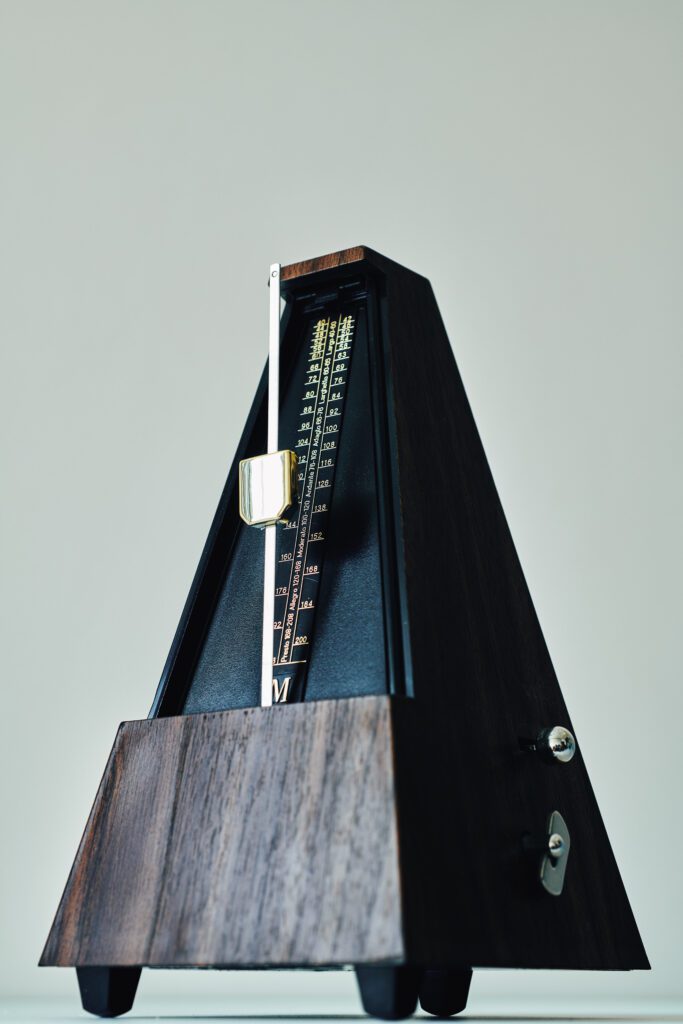
A metronome is not just a ticking device; it’s your most reliable rhythm partner. Using a metronome consistently trains your mind to lock into tempo, improving both your rhythm and timing with measurable accuracy. However, using a metronome effectively requires more than just turning it on and playing along—it demands strategy, variation, and progression.
1.1 Start Simple: Build the Foundation
To begin, always start at a slow, manageable tempo—ideally between 50 to 60 BPM. Choose a basic rhythm like quarter notes and ensure every note aligns perfectly with each tick. This slow tempo forces you to pay attention to even the smallest timing errors.
Pro Tip:
Play simple scales or chords along with the metronome. Vocalize the beats—“1, 2, 3, 4”—as you play. This vocal-kinesthetic approach strengthens internal pulse recognition.
1.2 Master Gradual Tempo Changes
As your accuracy improves, raise the tempo by small increments. Avoid sudden jumps in speed. Instead, increase the BPM by 5 or 10 only after multiple perfect repetitions.
Use the “10% Rule”:
If you’re practicing at 60 BPM, increase only to 66 BPM. Keep it consistent for several days before moving faster.
This prevents rushing, keeps your technique clean, and ensures your rhythm and timing evolve naturally.
1.3 Subdivide to Sharpen Precision
Subdivision is crucial for tackling faster notes and complex rhythms. Instead of only hearing quarter notes, set your metronome to eighth notes, triplets, or sixteenth notes. This lets you place notes exactly between beats, helping with syncopation and groove-based music.
Trick for Practice:
Play a measure of quarter notes, then switch to eighth notes, and back again—all with a metronome. Your internal timing becomes more flexible and responsive.
1.4 Mute the Beat: Strengthen Internal Rhythm
Once you’re confident, turn off some of the beats in your metronome. This forces you to rely on your internal pulse. For example, set the metronome to only click on beat one in 4/4 time. It’s a powerful method to test how steady your rhythm is without external aid.
Advanced Method:
Use apps like Time Guru that randomly mute beats. You must keep the rhythm steady even when the click disappears.
1.5 Experiment with Accent Patterns
Some metronomes allow you to accent specific beats. Try accenting beat 1 in 4/4, then move it to beat 2, 3, or 4. This teaches you to recognize beat placement and strengthens your awareness of meter changes.
Practical Example:
Accent beat 2 in a 4/4 measure. It challenges your perception and sharpens your rhythmic adaptability, especially in jazz or Latin genres.
Tapping Techniques – Activate Your Body's Internal Clock
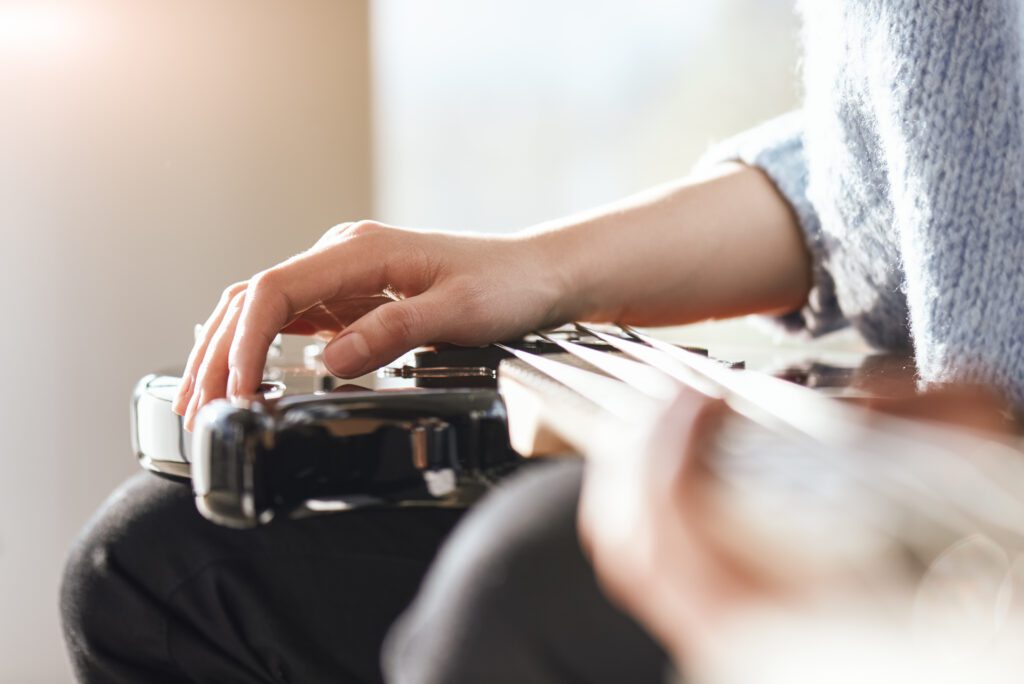
Tapping is an underused yet incredibly effective method for developing your rhythm and timing. Unlike digital tools, tapping connects your mind and body, turning your entire self into a rhythmic instrument. Whether it’s your foot, fingers, or chest, these tactile feedback loops reinforce timing far more effectively than passive listening.
2.1 Foot Tapping – Root Your Rhythm Physically
Tapping your foot in time with the music creates a physical grounding for your tempo. This action mimics how drummers use pedal control and helps you feel rhythm rather than just hear it.
Daily Exercise:
Pick a piece you’re learning. Tap your foot consistently on quarter notes while playing. Do not let your foot match the melody; it should stay loyal to the pulse.
Bonus Tip:
If your foot starts rushing or dragging, your internal timing needs more work. Go back to slower tempos and recalibrate.
2.2 Hand Tapping and Body Percussion – Build Coordination
Using both hands to tap different rhythms increases your coordination and deepens rhythmic understanding. Add chest taps, thigh slaps, or snaps for variety.
Beginner Drill:
Tap quarter notes with your right hand on a table while simultaneously clapping eighth notes with your left hand. Once that feels stable, switch roles.
Why It Works:
This exercise teaches independence and trains your brain to manage multiple layers of rhythm, essential for polyphonic instruments like piano and guitar.
2.3 Silence Tapping – Train Without Sound
Silently tapping a rhythm builds internal timing like nothing else. When you remove sound, your mind has to take full responsibility for keeping time.
Exercise Idea:
Use a soft pillow or tap in the air. Set a timer for 60 seconds. Choose a rhythm (e.g., dotted eighths) and keep tapping silently. After the timer ends, check your alignment with a metronome.
2.4 Multi-Limb Coordination Drills – Simulate Real-Time Ensemble Playing
Advanced tapping involves combining foot taps, hand rhythms, and even shoulder movements. This mirrors real-life band or orchestral environments where musicians must manage multiple rhythms simultaneously.
Example Drill:
Right hand: Tap eighth notes
Left hand: Clap quarter note triplets
Foot: Keep the pulse at 60 BPM
It’s difficult at first, but with regular practice, this drill turbocharges your rhythm and timing capabilities.
2.5 Interactive Rhythm Games – Make It Fun and Challenging
Gamifying your rhythm practice makes it more engaging. Use rhythm flashcards, apps, or group challenges. Set a rhythm pattern and pass it among friends with each person adding a twist.
Game Tip:
Create a tapping “chain”—each player taps a 4-beat rhythm and the next player must continue it accurately. Record and analyze together for timing accuracy.
Rhythm Drills – Sharpen Timing with Focused Exercises
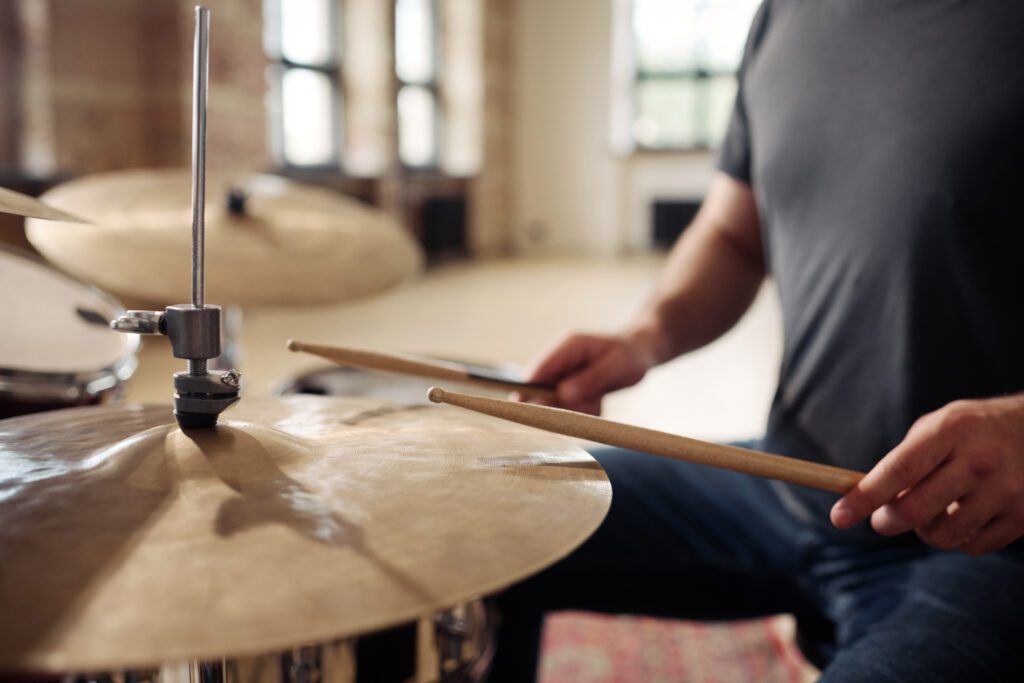
Once you’ve trained with metronomes and tapping, the next step is applying that rhythmic discipline to structured drills. Rhythm drills give your brain a chance to work through real-time timing challenges, helping you play with consistent accuracy and expressive flair. Practicing these exercises daily builds the muscle memory and mental focus you need for flawless rhythm and timing in every genre.
3.1 Count Aloud with Precision
Counting out loud while performing rhythm drills can transform your accuracy. It connects your auditory and motor systems, sharpening timing down to the millisecond. Start by playing simple quarter notes and counting “1, 2, 3, 4.” Once you’re comfortable, move to eighth notes and triplets while still counting clearly and evenly.
Pro Tip:
Use a metronome while you count. It forces you to match your voice to the beat, reinforcing internal synchronization.
3.2 Subdivision Mastery Drills
Subdivision drills are key to navigating fast or complex rhythms. Set your metronome to 60 BPM. Then play the following pattern:
1 measure of quarter notes
1 measure of eighth notes
1 measure of triplets
1 measure of sixteenth notes
Repeat this cycle without speeding up or slowing down.
Why it works:
This exercise builds rhythm control across tempos, enabling you to shift between note lengths smoothly, a crucial skill in modern and classical music alike.
3.3 Clapping and Singing Drills
Clap rhythms from your sheet music or invent your own patterns. Then try singing them with syllables like “ta” or “da.” Performing the same pattern across different formats (clapping, singing, playing) helps reinforce rhythmic accuracy from multiple brain pathways.
Try This Drill:
Write a rhythm on paper. Clap it once. Then sing it. Finally, play it on your instrument. Switch between these forms rapidly to increase flexibility.
3.4 Polyrhythm Exercises
Polyrhythms push your rhythmic capabilities into advanced territory. Start with 3:2 (three notes against two beats). Count “1, 2, 3” evenly while tapping “1, 2” in your foot. It’s challenging but essential for jazz, Afro-Cuban, and fusion styles.
Step-by-step Trick:
Say the syllables:
“Not Dif-fi-cult” (3:2 syllabic breakdown). Repeat this phrase while tapping the main beat in your foot. It simplifies the process and builds rhythmic layering.
3.5 Rhythm Dictation Practice
Just like ear training, rhythm dictation helps you hear and reproduce rhythms with speed and precision. Listen to short rhythm patterns (use YouTube or apps like Rhythmic Dictation Trainer) and notate them. Then clap or play them back. This trains your ears, eyes, and hands to operate together seamlessly.
Bonus Tip:
Record yourself performing a drill. Then play it back with a metronome overlay to catch microtiming errors and adjust accordingly.
3.6 Rhythm Grid Games
Visual learners benefit from grid-based rhythm charts. Divide a measure into 16 blocks. Shade each block that gets a note. Practice playing this pattern. Then create variations by shifting shaded notes to different positions.
Why it’s powerful:
Seeing rhythm as a visual map aids memory and keeps your timing grounded. It’s especially useful in genres like funk, EDM, and hip-hop, where rhythmic placement is crucial.
Embedding Rhythm in Daily Practice – Build a Routine That Works
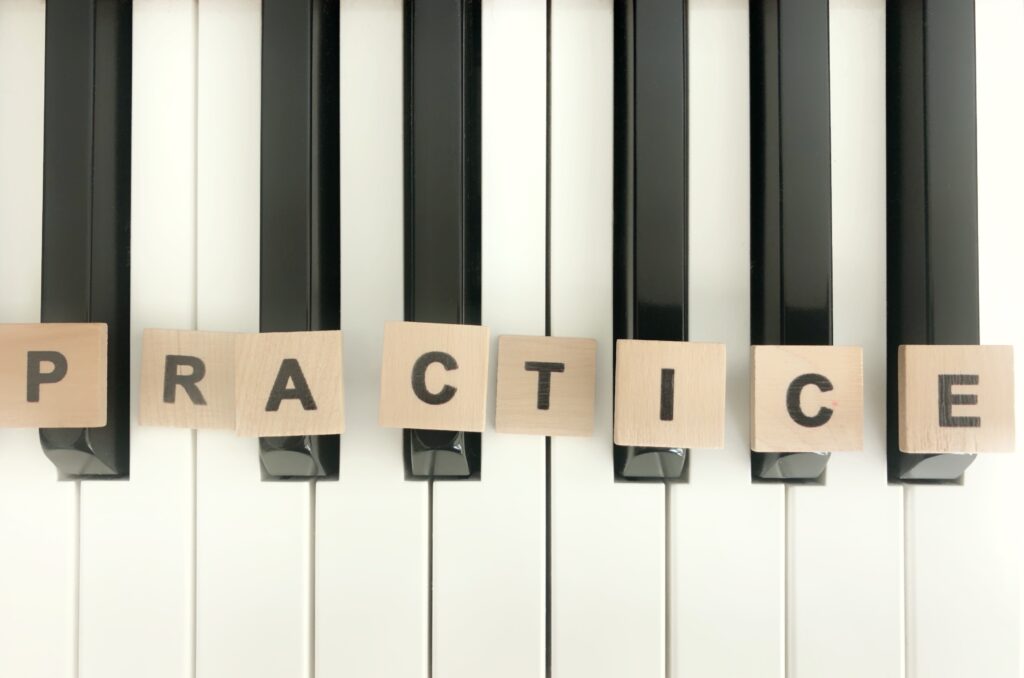
Improving your rhythm and timing isn’t about bursts of practice—it’s about daily consistency. Embedding rhythm work into your regular routine reinforces accuracy, strengthens muscle memory, and makes rhythmic awareness second nature. Without consistent reinforcement, even the best techniques will fade. Therefore, adopting a personalized, effective rhythm strategy is essential for long-term musical growth.
4.1 Set a Rhythm Goal for Every Session
Always begin your practice session with a clear goal focused on rhythm and timing. Whether it’s mastering sixteenth-note runs, improving swing feel, or simply holding tempo through a difficult passage, a specific objective keeps your practice efficient.
For Example:
Rather than saying, “I’ll practice this song,” say, “I’ll play this section at 60 BPM without rushing beat three.”
Tip:
Use a sticky note or digital tracker to write your goal and revisit it post-practice.
4.2 Schedule Your Rhythm Practice Block
Instead of mixing rhythm practice randomly into your session, dedicate a specific time slot—ideally the first 15–20 minutes. Rhythm training at the beginning sharpens your mind and improves overall coordination for everything that follows.
Daily Rhythm Practice Plan:
5 min: Foot tapping + vocal counting
10 min: Metronome drills (tempo control/subdivision)
5 min: Rhythm dictation or sight-reading
Why this works:
This segment-based approach helps isolate rhythm and timing without the distractions of melody, harmony, or dynamics.
4.3 Use Slow Practice as a Rhythm Mirror
Most musicians rush because they skip slow, focused repetition. Slowing down forces you to observe every microsecond of your playing. It exposes flaws in note placement and trains your brain to process rhythm deliberately.
Method:
Play a challenging passage at 50% speed with a metronome. Only speed up after five perfect repetitions.
Bonus Tip:
Record your slow practice and listen back. It’s easier to spot hesitations and rushed notes from a listener’s perspective.
4.4 Reinforce with Muscle Memory
Integrating physical movement helps cement your internal sense of rhythm. For instance, tap your foot while playing, or slightly sway your body. These motions naturally anchor your timing.
Why it’s important:
When your body feels the rhythm, you’re less likely to speed up or slow down unconsciously. This leads to more confident playing, especially in performance settings.
4.5 Include Rhythm Reflection at Day’s End
Before ending your practice, spend two minutes reflecting on your rhythm. Ask:
Did I rush or drag in any section?
Was my timing steady without the metronome?
What’s my biggest timing challenge right now?
Track Progress:
Keep a rhythm journal. Write one takeaway from each practice session. This builds awareness and ensures long-term improvement.
Technology Tools – Digital Support for Better Rhythm and Timing

Technology has transformed how musicians develop their rhythm and timing. With countless apps, smart devices, and interactive tools available, your journey to precise timing is more accessible than ever. However, the key lies in using the right tools in the right way.
5.1 Metronome Apps – More Than Just a Click
While traditional metronomes are useful, modern apps offer far more functionality. Tools like Pro Metronome, Soundbrenner, and Tempo Advance offer customizable beat accents, mute functions, swing feels, and subdivision control.
Pro Tip:
Use the mute feature to practice keeping time without constant auditory cues. For example, let the metronome click every other bar and see if you land perfectly when it resumes.
5.2 Rhythm Trainer Apps – Gamify Your Practice
Apps like Rhythm Trainer, Tenuto, and Complete Rhythm Trainer provide interactive rhythm games and drills. They challenge you with clapping exercises, rhythm dictation, and sight-reading.
How it helps:
These apps give instant feedback. You’ll know right away whether you’re rushing, dragging, or right on beat—helping you correct issues in real time.
Fun Drill Idea:
Set a timer for 10 minutes. Score as many correct claps or rhythm matches as you can. Challenge your friends to beat your high score.
5.3 Looping and Slowing Tools
For mastering complex rhythms, software like Anytune, Transcribe+, or Amazing Slow Downer allows you to loop difficult sections and reduce playback speed without altering pitch.
Practical Use:
Loop a syncopated rhythm phrase at 50% speed. Play along until it feels natural, then gradually increase speed in 5% increments.
Why it’s useful:
Hearing rhythm clearly at slower speeds makes it easier to lock in with precision.
5.4 Visual Rhythm Tools
For visual learners, rhythm tools like Groove Scribe or Flat.io display rhythms on grids, allowing you to see and modify beats visually. This is especially helpful for drum patterns, EDM beats, and layered rhythms.
Pro Tip:
Write your own rhythm patterns and clap them out using the visual guides. Then export them as PDFs and keep a rhythm workbook.
5.5 Smart Wearables and Digital Devices
Devices like the Soundbrenner Pulse offer tactile metronomes you wear on your wrist or body. These vibrate in sync with the tempo, allowing musicians to feel the beat even in noisy environments.
Use Case:
For ensemble players or live settings, where hearing the metronome is hard, a wearable pulse keeps everyone synced without disrupting the performance.
Bonus Insight:
Some advanced DAWs (Digital Audio Workstations) like Ableton Live and Logic Pro also include grid quantizing tools. Use these to analyze your rhythm accuracy when recording.
Performing with Rhythm – How to Stay in Time Under Pressure

While practicing rhythm and timing in isolation is essential, the real challenge comes when you step on stage or play in an ensemble. In these high-pressure environments, adrenaline, distractions, and performance anxiety can all interfere with your internal clock. Therefore, training to maintain solid timing during performance is a vital skill every musician must develop.
6.1 Practice Like You Perform – Simulate Real Settings
Rather than always practicing in a quiet room, recreate performance conditions. Stand while playing, set up a microphone, or invite a friend to listen. You can even record your practice and play it back to simulate an audience. These subtle changes train your brain to focus on rhythm and timing despite added pressure.
Tip:
Wear the clothes you’d wear during a recital and use the same gear. When your mind associates the setting with rhythm control, you’ll naturally stay grounded.
6.2 Play with Others – Sharpen Your Internal Clock
Ensemble playing is one of the best ways to improve rhythm and timing. Since everyone must stay in sync, you learn quickly how to adjust to others while staying steady yourself. In group rehearsals, you must actively listen, anticipate entrances, and maintain tempo even if others drift slightly.
Exercise:
Form a duo or trio and designate a “timekeeper.” Rotate this role every song to develop responsibility and leadership in tempo control.
Why it matters:
When you train in ensemble timing, you build real-time adaptability. This resilience translates into solo performances as well.
6.3 Stay Calm, Stay in Time – Manage Performance Anxiety
Often, nerves make musicians rush or drag tempo. Hence, learning breathing techniques and pre-performance routines can greatly help. Right before playing, take a deep breath, mentally recall your tempo, and feel the rhythm physically—either through gentle body movement or silent counting.
Bonus Insight:
Practice mindfulness or meditation before gigs. Musicians with a steady mental state naturally exhibit steadier timing under stress.
6.4 Record Your Performances for Honest Feedback
Whether you’re jamming in your room or performing at a local open mic, record every performance. When you listen later, focus exclusively on rhythm and timing. Ask:
Did I maintain a consistent pulse?
Where did I unintentionally speed up or slow down?
How well did I hold rhythm without external support?
Tip:
Annotate your recordings. Write down timestamps where rhythm faltered and practice those exact moments.
Keep Time, Keep Growing – Make Rhythm and Timing Your Strength
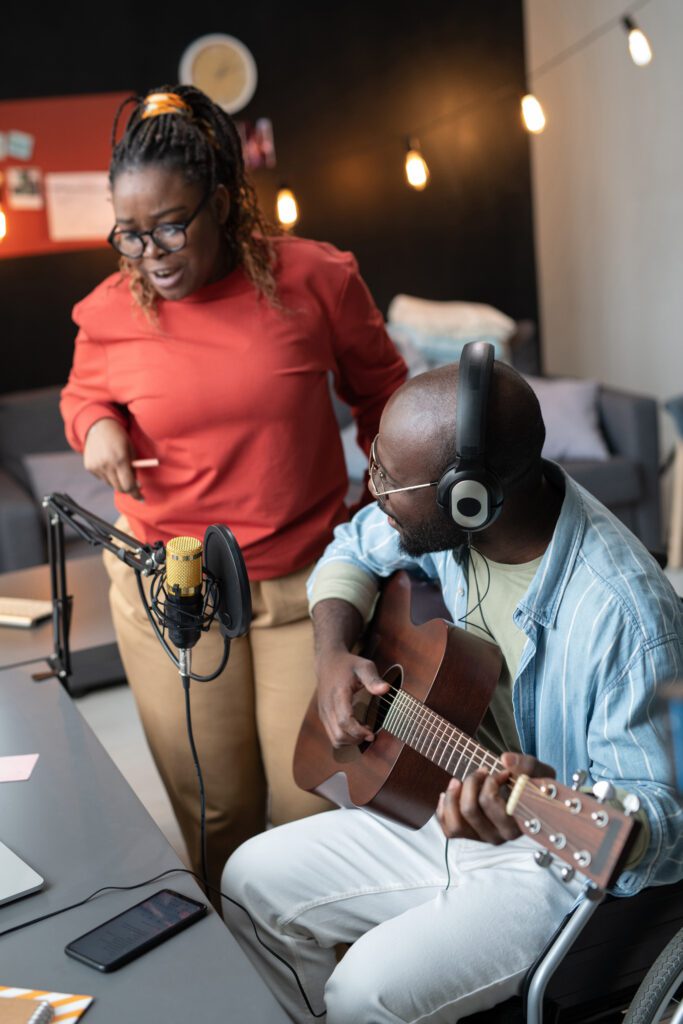
Ultimately, rhythm and timing aren’t just technical skills—they are the heartbeat of your music. Every melody, harmony, and phrase rests upon the foundation of solid timing. The good news is that this skill is entirely trainable. Whether you are a beginner picking up your first instrument or an advanced player aiming to refine your groove, rhythm can always improve—day by day, beat by beat.
The more you embed rhythm exercises into your daily routine, use the digital tools at your disposal, and challenge yourself in real-world playing environments, the more precise and musical your performances will become. With consistency and the right approach, your sense of rhythm will evolve from a conscious effort into second nature.
🎯 Ready to Master Your Rhythm and Timing?
At The Mystic Keys, we offer expert-guided classes tailored to develop strong rhythmic control through fun, interactive lessons and personalized feedback. Whether you’re learning drums, piano, vocals, or violin, our online platform equips you with the tools and structure to grow musically from anywhere in the world.
If you’re eager to enhance your rhythm and timing skills in music, why not start by mastering the art of staying in sync? Explore our keyboard and piano courses designed to help you improve your musical timing with techniques like metronome practice, tapping, and rhythm drills for better accuracy.
For more information and exciting resources about learning music, visit our website at The Mystic Keys. For more music content and exciting offers follow us on
Facebook, Instagram, YouTube, LinkedIn, Twitter, Pinterest, Reddit, Threads, and Quora.
Related Blogs
Overcoming virtual performance anxiety has become a vital skill in today’s digitally connected world, where virtual competitions are reshaping the way talents are showcased.
Are Online Music Lesson as Effective as In-Person?
In recent years, online music lesson have gained significant popularity, especially as technology has made it easier to connect with expert instructors from around the world. One-on-one music lessons, where students receive personalized attention from a teacher, have traditionally been offered in-person.


